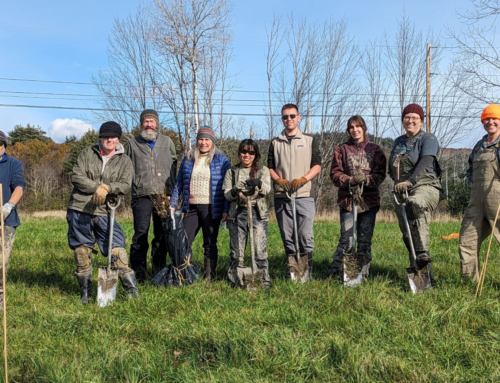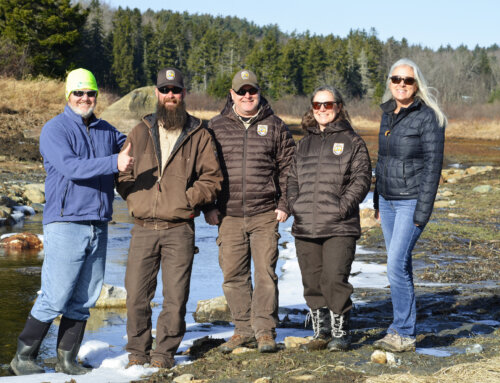Greenfield, MA – As we enter the heat of the summer season, one of the most asked questions the Connecticut River Conservancy (CRC) gets is if our rivers are clean enough for swimming. There are two ways to know if our rivers are likely clean. The first is to visit the “Is It Clean?” web page located at www.ConnecticutRiver.us/isitclean to find bacteria test results for nearly 200 river access and recreation sites in Vermont, New Hampshire, Massachusetts, and northern Connecticut. The site is also available in Spanish at www.ConnecticutRiver.us/estalimpio.
Each summer, CRC and more than 20 partner organizations deploy volunteers to collect water samples from popular boat launches and swimming holes. The samples are tested for E. coli bacteria that could potentially make you sick. Samples are typically collected at each site weekly or bi-weekly and test results are posted online 24 hours later. Water samples are collected from late May through early October.
The second way to know if the rivers are clean is to think about the recent weather. “The data tells us that it’s a good idea to stay out of the river for 24 to 48 hours after a heavy rain because bacteria levels could be high. Rain flushes all sorts of pollutants into our rivers,” says CRC Outreach & Events Director, Angela Chaffee. Heavy rains also overwhelm our aging stormwater infrastructure, causing sewage and polluted stormwater runoff to flow directly into our rivers.
“It’s important to note,” continues Chaffee, “that cities and towns along our rivers are making significant investments to separate the outdated combined sewer overflows (CSOs) into separate sewer and stormwater systems that can better handle all the water. These investments have made a tremendous difference in improving the health of our rivers and protecting river users.” For example, Springfield, MA is investing about $100 million in upgrading their system while Hartford, CT is spending many hundreds of millions on building a large underground tunnel to store polluted water until it can be treated.
“Our rivers are certainly much cleaner than they used to be,” notes Chaffee, “but it’s smart for river users to visit the ‘Is It Clean?’ website and pay attention to the water test results so they know when it’s clean for swimming or boating.”
Water sample results are color-coded and map-based so users can easily see where the river is clean. Results are a snapshot of river conditions at the moment the sample was taken, but give river users information they can use to make informed decisions and keep from getting sick. The website provides bacteria data for the Connecticut River and more than 20 tributaries, including the Chicopee River and Deerfield Rivers in MA, the Scantic River in CT, the Saxtons River and Black River in VT, the Ashuelot River in NH, and many more.
About the Connecticut River Conservancy
Since 1952, Connecticut River Conservancy has been the voice for the Connecticut River watershed, from source to sea. They collaborate with partners across four states to protect and advocate for your rivers and educate and engage communities. They bring people together to prevent pollution, improve habitat, and promote enjoyment of your river and its tributary streams. Healthy rivers support healthy economies. To learn more about CRC, or to make a contribution to help protect the Connecticut River, visit ctriver.org.







